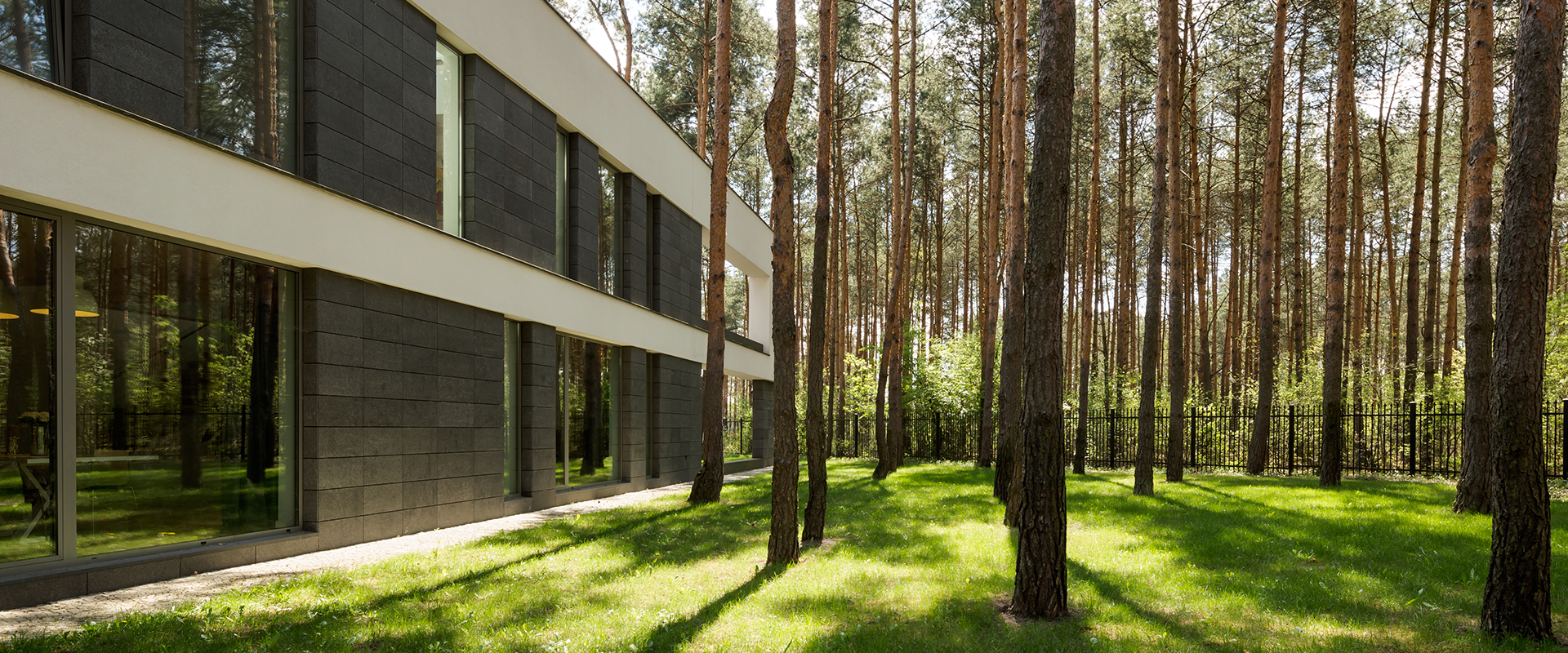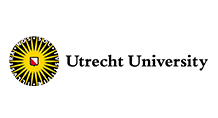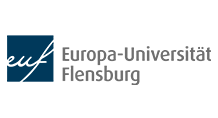-
 sEEnergiesQuantification of synergies between
sEEnergiesQuantification of synergies between
Energy Efficiency First Principle
and renewable energy systems
for 2050 decarbonisation -
 sEEnergiesQuantification of synergies between
sEEnergiesQuantification of synergies between
Energy Efficiency First Principle
and renewable energy systems
for 2050 decarbonisation -
 sEEnergiesQuantification of synergies between
sEEnergiesQuantification of synergies between
Energy Efficiency First Principle
and renewable energy systems
for 2050 decarbonisation -
 sEEnergiesQuantification of synergies between
sEEnergiesQuantification of synergies between
Energy Efficiency First Principle
and renewable energy systems
for 2050 decarbonisation
How do we minimize the dependency on Russian natural gas?
How do we prioritize energy efficiency measures today that also have an effect on the future?
What does the future look like?
sEEnergies is a European Horizon2020 project with the overall aim to answer those questions. It quantifies and operationalizes the potential for energy efficiency in buildings, transport, and industry, considering all aspects of the Energy Efficiency First Principle.
Utilising the Energy Efficiency First principle
The Energy efficiency first principle is the acknowledgment that Europe’s biggest domestic energy source is energy efficiency. It is the fundamental principle applied to policy making, planning, and investment in the energy sector.
Going beyond the state-of-the-art
sEEnergies combines sectorial bottom-up knowledge with hour-by-hour modelling of the energy systems and spatial analysis in the EU.
Looking at the energy systems from a holistic perspective
As changes in one energy sector can contribute to impacts in another sector, it is only possible to have a comprehensive assessment and quantification of the EEFP policies’ impacts if we look at the energy systems from a holistic perspective and take them into consideration the synergies between sectors. SEEnergies uncover the supply chain effects of the EEFP in 28 countries.
That is why transport, buildings, and industry are the main focus sectors of sEEnergies. Together, they account for up to 95% of the final energy demand.
The sEEnergies team assessed the energy-related impact of the Energy Efficiency First Principle at the sector and energy system levels as well as the additional impact of energy efficiency measures and their impact on markets. All sectors are integrated into energy system analyses to understand energy efficiency and supply chain effects in the European Commission decarbonized scenarios reaching the Paris Agreement as well as a fully renewable energy system.
Providing guidelines through an online GIS visualization platform
All datasets and analysis results are being integrated into an online GIS visualization platform to make the Energy efficiency first principle more concrete in relation to energy demand and supply and thus provide tangible recommendations and training to policymakers, decision-makers, energy consultants, and urban planners.










